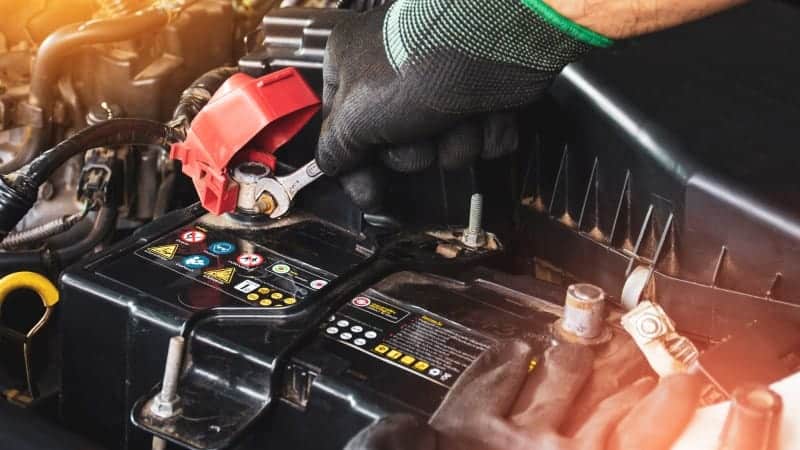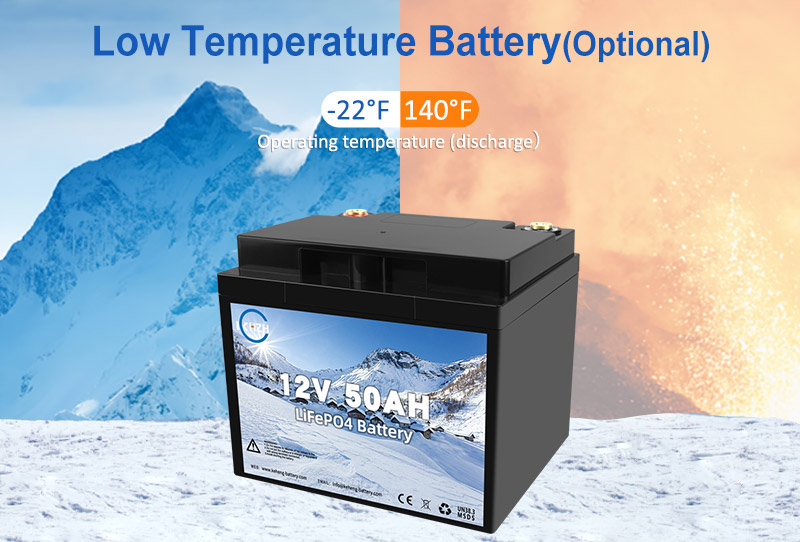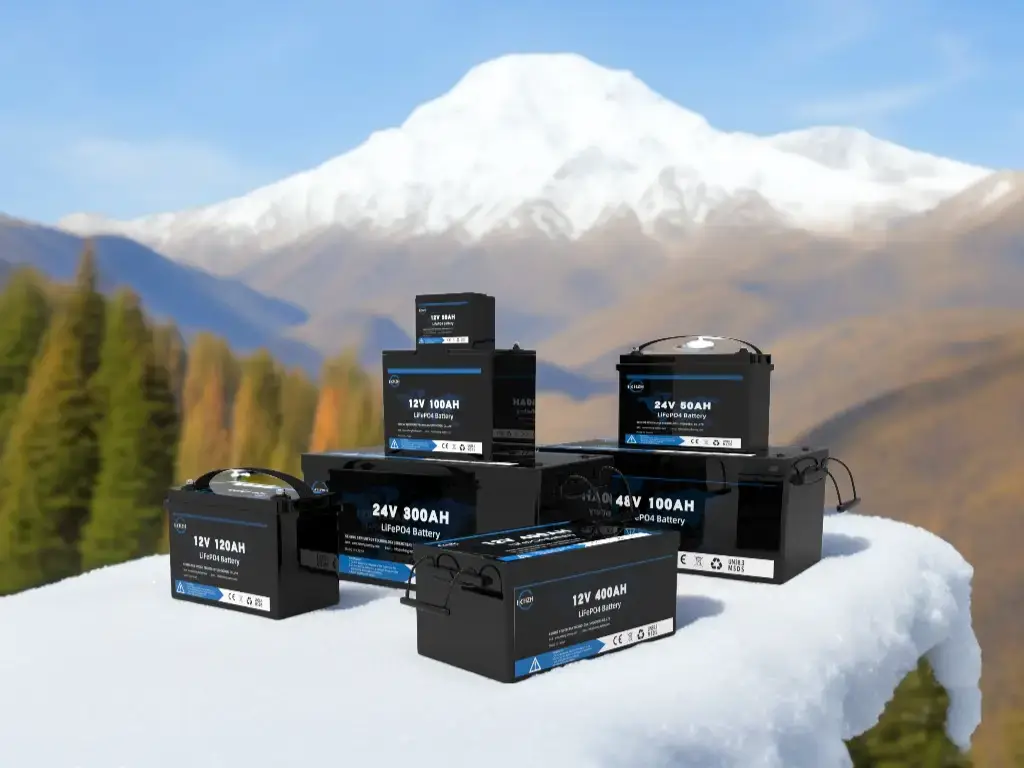When you buy a LiFePO4 battery, we hope you can understand the storage and maintenance guidelines of these LiFePO4 batteries, because it can better help you extend the life of your lithium battery and better judge whether your lithium battery is damage.Please read the following LiFePO4 battery user maintenance guide

LiFePO4 battery maintenance guide
A few tricks you need to know about the storage of LiFePO4 batteries
We hope that every customer who buys lithium iron phosphate batteries can maximize its value. The temperature and time for storing lithium batteries are closely related to LiFePO4 batteries. We strongly recommend storing Lithium batteries indoors and keeping LiFePO4 batteries stored at about 50% state of charge (SOC) or higher during off-season storage. If the battery is stored for a long time, cycle the battery at least every 6 months. Do not store batteries that are discharged.
Focus on watching
Recommended storage temperature: -5 to +35°C (23 to 95 °F)
Storage up to 1 month: -20 to +60°C (4 to 140 °F)
Storage up to 3 month: -10 to +35°C (14 to 95 °F)
Extended storage time: +15 to +35°C (59 to 95 °F)
Make sure to disconnect the LiFePO4 battery when not using it
Although many people know that there is a main switch to disconnect the battery. But we recommend making sure your battery is fully disconnected when not in use. As many users of RVs generally know, RVs have many back-end components that may bypass your main disconnect switch’s emergency sensors, such as CO2 sensors, backlit stereos, or others.
Of course, the best way is to directly disconnect the positive and negative wires of the battery. Because it ensures that the batteries don’t discharge during storage, this can better help you get enough power when you reuse those batteries.
LiFePO4 batteries have a low self-discharge rate (only 2-3% per month), and the power outage is ensured here to prevent higher discharge rates. When storing the battery, make sure to keep it at a higher state of charge (80% – 100%). This requires that you always use a lithium charger instead of other chemical chargers.

Consequences of Uncharged Storage of LiFePO4 Batteries
Although we strongly recommend that you keep the battery charged before storage, there are likely to be significant consequences if you do not charge before storage.
Due to the 2-3% monthly self-discharge rate (any battery has a self-discharge rate), the battery may be overdischarged, and this level may be lower than the BMS can protect. This may directly affect your warranty entitlement to damage your battery. Keheng’s built-in BMS will record all the activities performed on the battery, including charging, discharging and storage, we hope you pay more attention to it.
System Storage LiFePO4 Batteries
If you store the entire system like chargers and inverters with LiFePO4 batteries, make sure to use a battery protector, which will protect the LiFePO4 batteries by disconnecting them from parasitic loads once they reach 11.5V.
If you don’t have a disconnect switch installed, it is recommended that you remove the main battery connection, as LiFePO4 batteries do not require trickle charging, so disconnecting the charger while the battery is in storage is fine.
Effects of high temperature and cold weather on storage of lithium iron phosphate batteries
The effect of cold weather on lithium batteries
When you’re not using a LiFePO4 battery, the battery won’t be affected by extreme weather. Of course, we do not recommend that you store lithium batteries at extremely low temperatures for a long time, as this may cause the ABS casing of the battery pack to crack.
When you use a lithium iron phosphate battery in a low temperature environment, there is a potential loss of capacity. The low temperature environment may cause the LiFePO4 battery to be unable to provide the current requirements that meet its adaptation. For example, the 12V 100Ah LiFePO4 battery may only provide a current lower than 100Ah at low temperature, which may be 90, 80 (0°C), 70Ah (-20°C) or lower, depending on your low temperature.
Of course this is natural for all LiFePO4 chemistries, albeit temporarily. When the temperature warms up, this current will slowly return to its normal operating level with the temperature.
Note on low temperature charging: Make sure that LiFePO4 batteries are not charged in freezing conditions, as this may affect your lithium plating and cause short circuits. The built-in BMS of Keheng may help you to better check the power consumption and prevent high temperature charging, overcharging, overdischarging and internal short circuit.
If you live in freezing temperature (Nordic, Russia, Canada), we recommend you to buy our low temperature heating LiFePO4 battery, it can help your battery avoid capacity loss in low temperature environment.
Keheng deep cycle low temperature lithium battery has a built-in self-heating system, which is specially designed for low temperature environment, can work at -30 ℃, and has the characteristics of high power, low weight, and long service life.

The heating system does not draw power from the battery, but from the charger, ensuring that the battery does not self-discharge. Just plug the battery into the lithium charger and the internal heating and monitoring system does the rest.
Keheng low temperature heating of the battery can reduce the phenomenon of insufficient output capacity efficiency, and the maximum discharge C rating is not affected by temperature. (In cold weather, we recommend that lithium batteries can be connected in series or in parallel with up to 4 units)
The impact of high temperature weather on lithium batteries
Any manufacturer that sells lithium batteries does not want you to put lithium batteries in a high temperature environment, and we are no exception. Because when the temperature exceeds 60°C (140°F), it can damage other components in your battery pack. It is best to avoid long-term high temperature storage lithium batteries, and they can be better extended their life by placing them indoors and at room temperature.
Related news;Precautions for installation and maintenance of lfp battery pack




